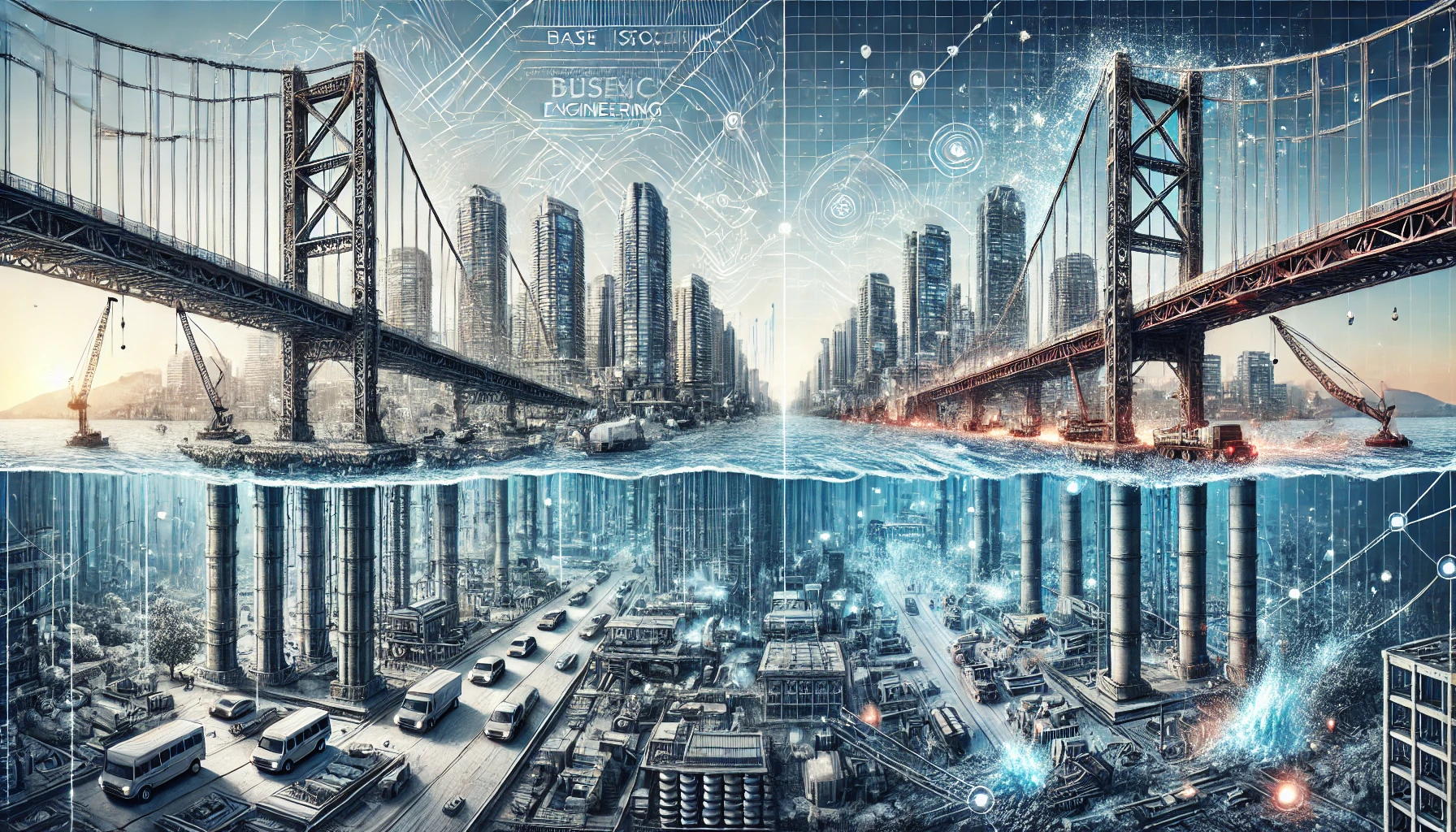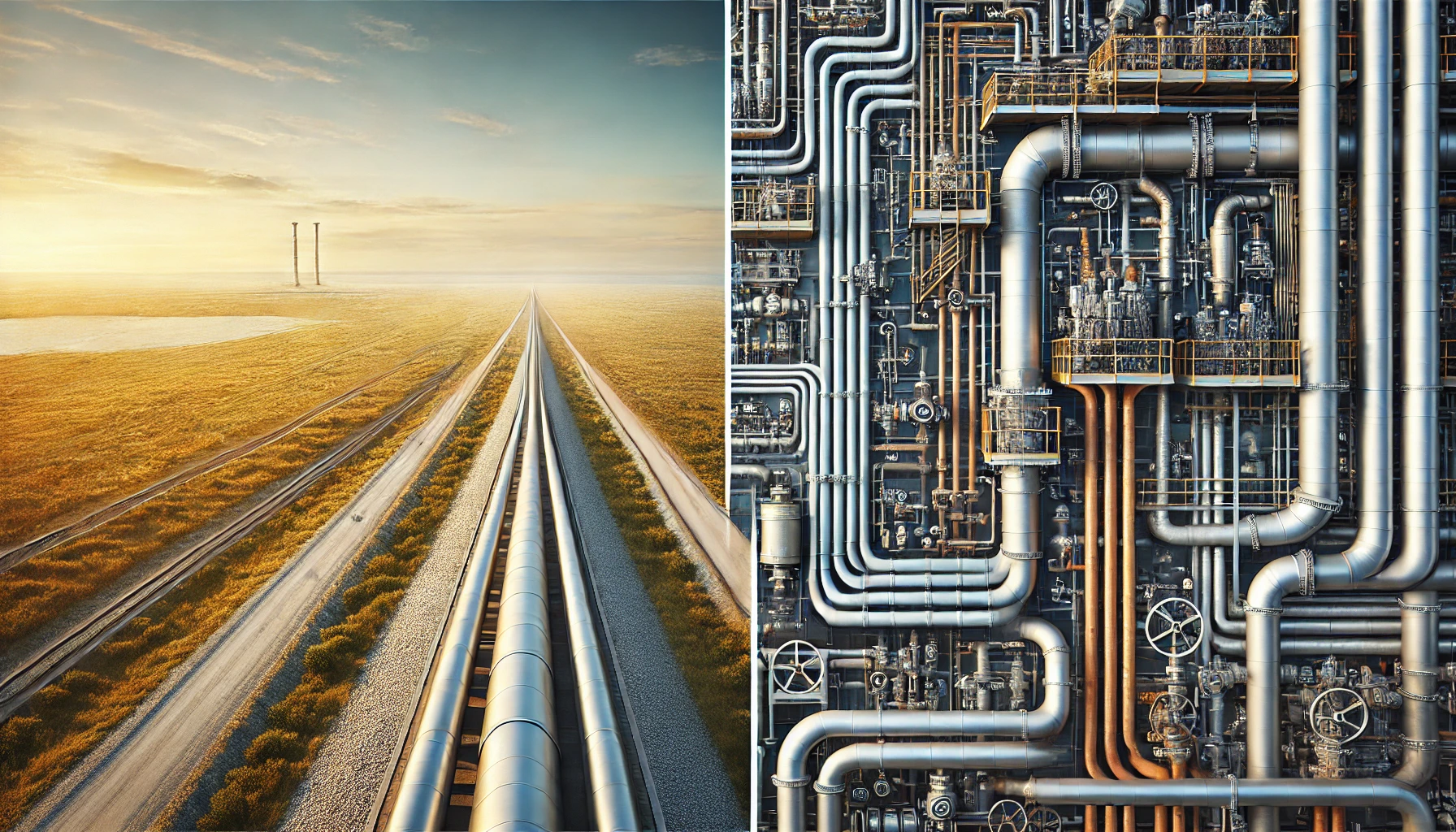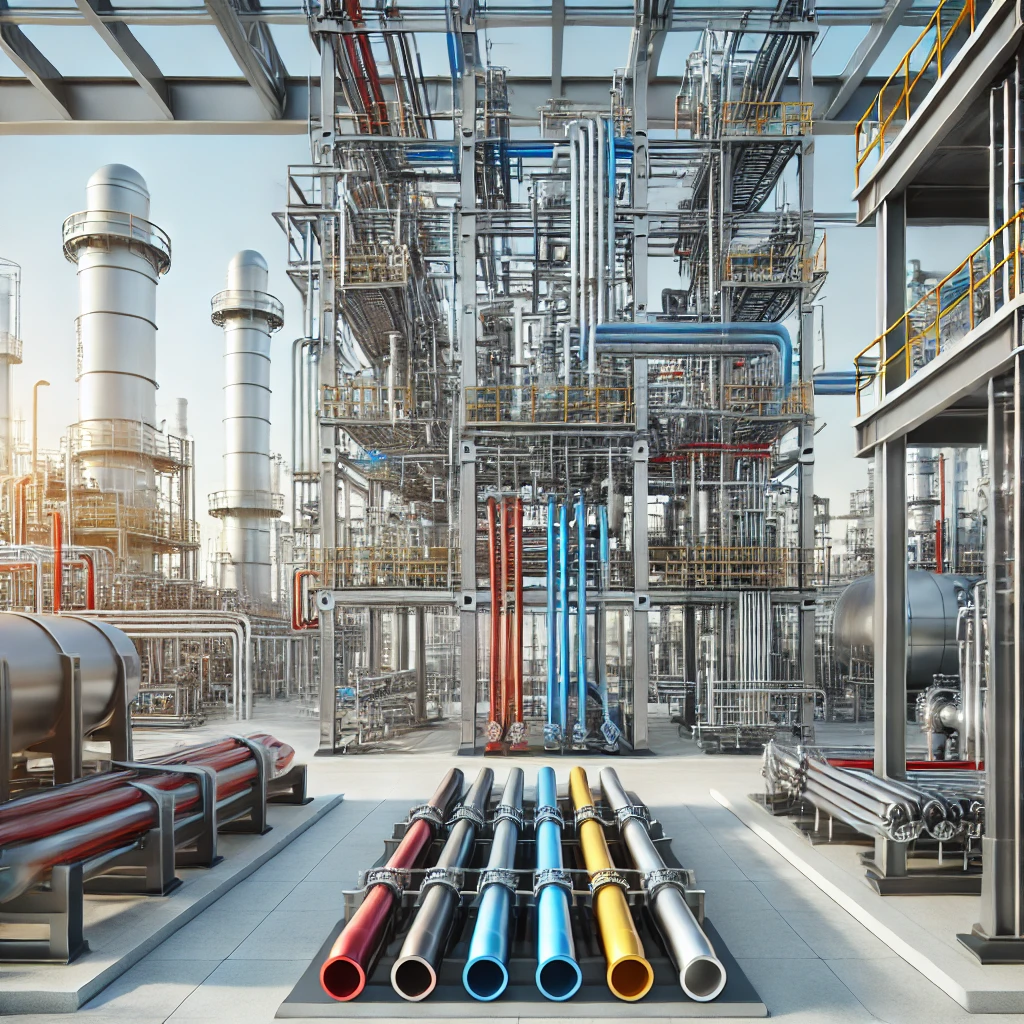The Role of Seismic Engineering in Safeguarding Infrastructure
Seismic Engineering is crucial for not only the designed and built environment but also for integral infrastructures such as buildings, pipelines, bridges, and power stations as it protects them against…
The Evolution of Industrial Automation: From Manual to IoT-Enabled Systems
The automation of industries has evolved significantly. Previously the industries were run manually, nowadays it’s all about IoT applications. This gradual advancement of automation technologies has improved efficiency, safety and…
How to Prevent Cavitation in Valves: Causes and Solutions
In valve systems, cavitation is a common phenomenon which is critical to address as it causes lots of damage and is expensive to repair as well as reduces efficiency. IN…
Importance of Valve Actuators: Electric vs Pneumatic vs Hydraulic
With the help of valve actuators, it becomes possible to mechanize the functioning of the valves and the consequent control of fluids and gases in the industry. There are three…
Why Gasket Selection Matters for Flange Joints?
Piping systems in the industrial sectors often employ flange joints as structural components for the adequate and secure transfer of fluids and gases. A gasket, in simple terms, is a…
10 Myths About Piping Systems You Should Stop Believing
Considered to be the very backbone of the industrial plants, piping systems are responsible for the a multitude of gaseous and liquid transport within plants. However, such a vital function…
Understanding Pipe Insulation: Why It’s Not Just About Thermal Control
People often think that the only reason for installing pipe insulation is to conserve heat, but there is so much more to it than simply maintaining temperature. Insulation helps enhance…
Pipeline vs. Piping: Which One Is More Challenging to Design?
Pipelines and piping systems are important for transporting fluids and gas but their functions and challenges are quite different, for instance while pipelines are used across long distances, piping systems…
How Pipe Racks Are Designed in Modern Process Plants
Railing Systems (Rack system) are fundamental parts for a construction of a modern process plant which allow displacement of pipe, cables, and utilities fluids and gases throughout the plant. They…
Differences Between Subsea Pipelines and Aboveground Pipelines
Pipelines allow to move oil, gas, water and chemical substances over distances in a quick, cheap and economic manner. Depending on geographic position and their relevancy, two main types of…













